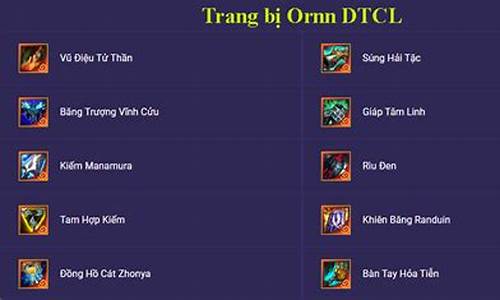
Textile Knowledge
Textile knowledge is an important part of human civilization. In ancient times, the production and processing techniques of textiles were already quite mature, providing great convenience for human production and life. Below we will introduce in detail about textile knowledge.
I. Textile Tools
The earliest textile tools were the spinning wheel and the loom, which were used to spin fibers into yarn and weave them into fabrics respectively. Other tools such as spindles and shuttles were also developed to facilitate the process. The development and innovation of these tools promoted the progress and advancement of ancient textile technology.
II. Textile Raw Materials
In ancient times, the main raw materials for textile production were natural fibers such as cotton, hemp, silk, and wool. Among them, cotton and hemp were the most commonly used materials for daily necessities such as clothing and bedding. Silk and wool were exclusive fabrics for nobles, featuring luxury and elegance.
III. Textile Processing Techniques
The primary processing techniques of textiles included spinning, weaving, dyeing, and finishing. Spinning was the process of turning fibers into yarns, weaving was the process of interlacing yarns into fabrics, dyeing was the process of coloring fabrics, and finishing was the process of adding texture or protecting fabrics from damage. These techniques advanced with time, improving the quality and appearance of textile products.
IV. Textile Types
Ancient textiles had a wide range of types, including clothing, bedding, shoes, hats, and curtains. Clothing was essential for daily life, bedding provided warmth for sleep, shoes protected feet from injury, hats protected heads from sunburn or rain, and curtains decorated homes. These textiles not only met people's material needs but also reflected the cultural characteristics of different periods.
V. Textile Culture
Textile culture in ancient times was also very rich. In ancient China's "Silk Road", which was mainly a trade route for textiles, it not only promoted economic development but also facilitated cultural exchanges and integration between different regions. This cultural exchange enriched people's understanding of other cultures and promoted mutual learning.
In conclusion, textile knowledge is an important part of human civilization. By studying and mastering this knowledge, we can better understand the production and living conditions of ancient societies while appreciating their cultural heritage.







